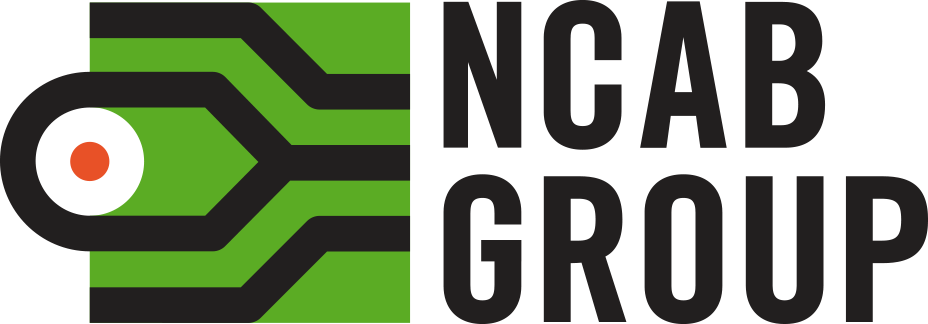TECH BASICS: LESSON 6
6) What layers are made of
Read the video transcript below the video, or download all video transcripts in this course here.

Conductors: Materials that allows electrons to pass through. In PCBs, conductors connect components.
Insulation: Materials that do not allow electrons to pass through.
Vias: Vertical holes in a PCB. They let electrons move between layers.
Resistance: A measurement of how hard it is (or not) for electrons to move in
a conductor.
To plate: To apply a thin layer of metal.
Pads: Places on the PCB’s surface to solder components.
Soldering: Melted metal to connect a component to the pad.
Transcript
6) What Layers are Made Of
What are layers made of. PCBs are made in layers. In the TV from the 70’s, the brown PCB had conductors on the surface, so that’s a 1-layer PCB. The green PCB had conductors both top and bottom, so that’s a 2-layer PCB. Layers are ‘layers of conductors’ – there are also other layers, of insulation for example, but they are not counted. So, an 8-layer PCB has 8 layers of conductors. It’s very logical.
In theory, a PCB can have an unlimited number of layers, but factories have some limitations depending on their equipment. Right now, in 2022, most of the PCBs we sell are 4-22 layers. In this lesson, I’ll explain what layers are made of, and some aspects of PCB production.
|
PREPREG Fibreglass pre-impregnated with epoxy; an insulating material that copper conductors can sit on. |
Most PCBs start as a 2-layer core – insulation with copper foil. The insulation is made of prepreg. Prepreg is soft at first, but when cured, which means heated and compressed, it becomes hard as glass, and it’s now called laminate. Now we have a stable core to build on it.
Cores are made in laminate factories, so we buy them ready made as a copper clad material – laminate with copper foil top and bottom.
If we need more layers, we add more cores. Since prepreg is soft before it’s cured, it can be used to glue cores together. This is another example of saving space by using the material to serve two purposes. Just like soldering is both glue and conductor, prepreg is both glue and an insulation.
In the previous lesson about vias, you probably asked yourself how it’s possible to drill buried vias inside a PCB. Good question, I’m impressed you thought of that! There are two answers:
- One is magic, but that’s a different course.
- The other answer is that we drill buried vias before gluing all layers together.
The soft prepreg must go through the press, so that the epoxy is cured and hard before we can drill for vias. In complex PCBs we have several press cycles and sets of buried holes.
When all layers are ready – conductors, buried vias and everything – we press them all together in a multilayer press. The prepreg will soften every time it’s heated, so that epoxy fills every gap between conductors and layers. Now the entire PCB is cured and hard, and we can drill and plate blind vias and through holes from the surface.
So, does it seem difficult? Actually, it’s very difficult, partly because PCBs are really, really tiny. How tiny? Check out the next lesson.
